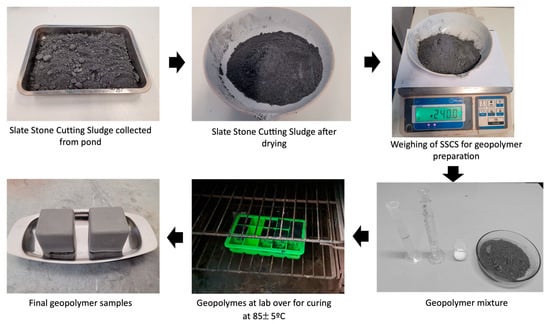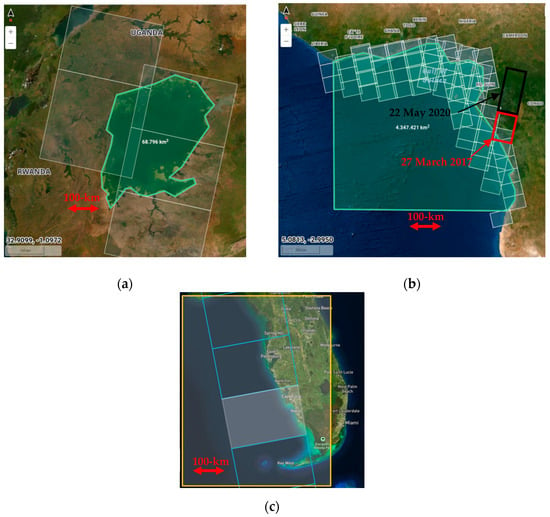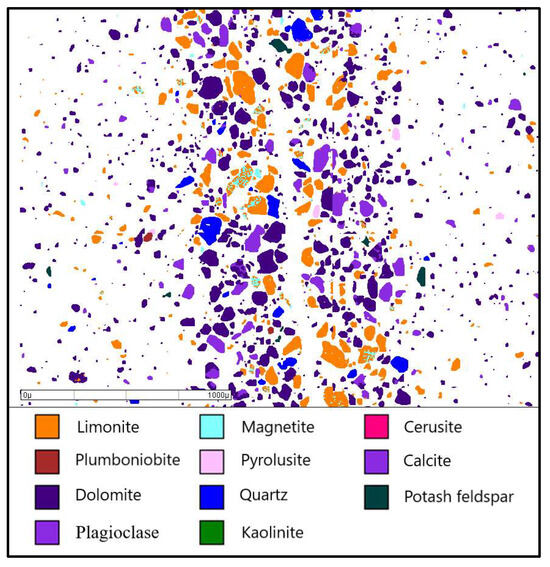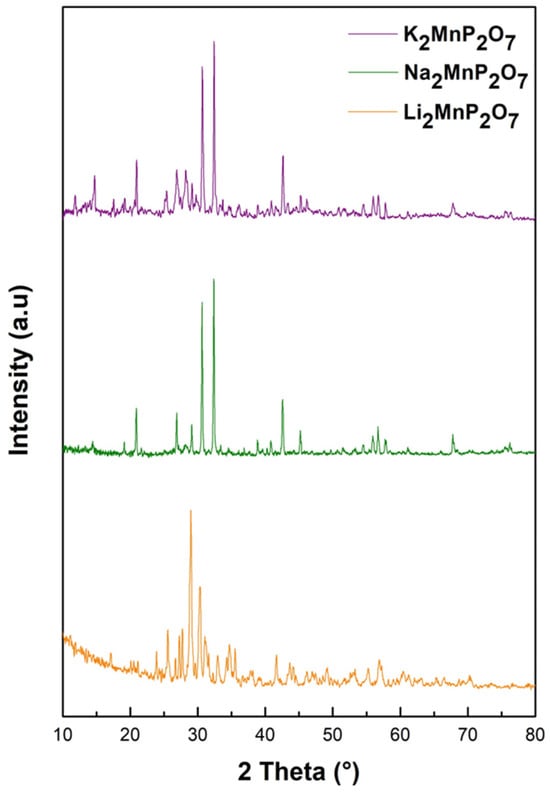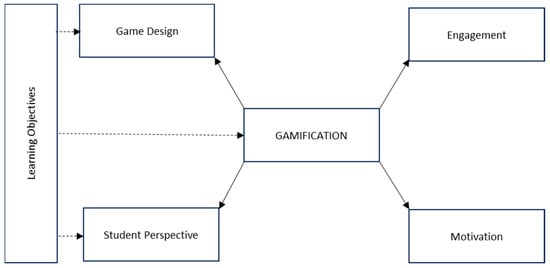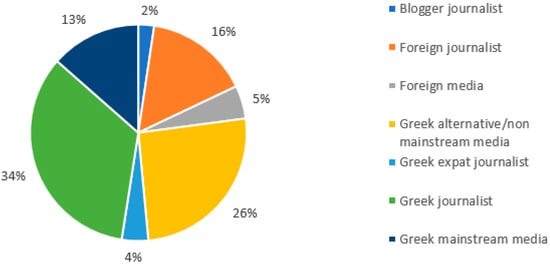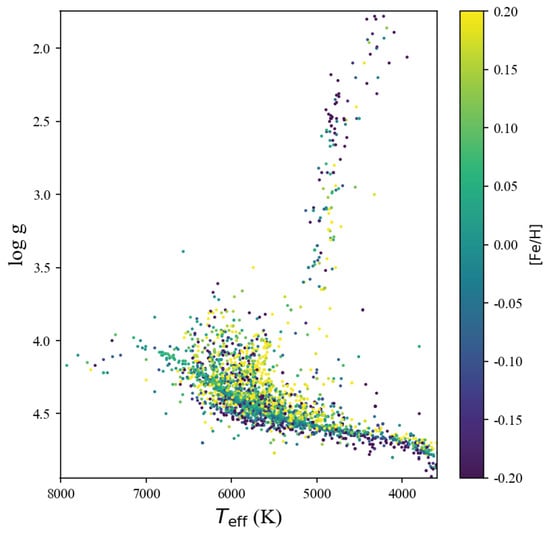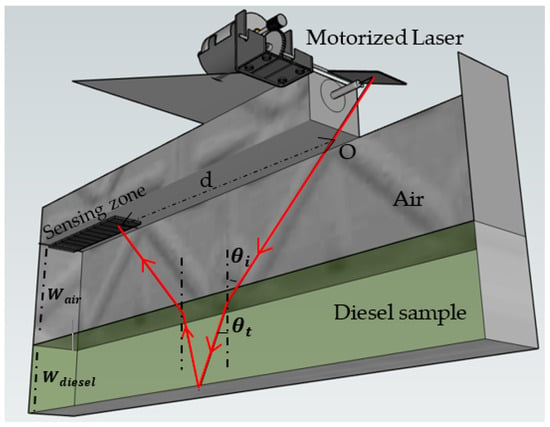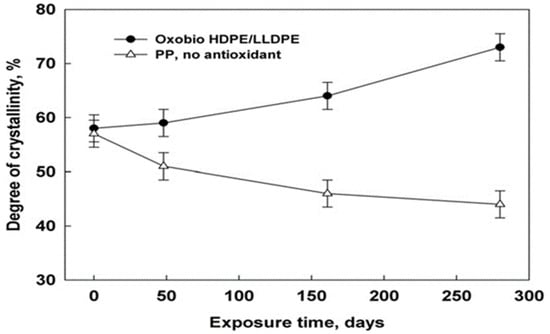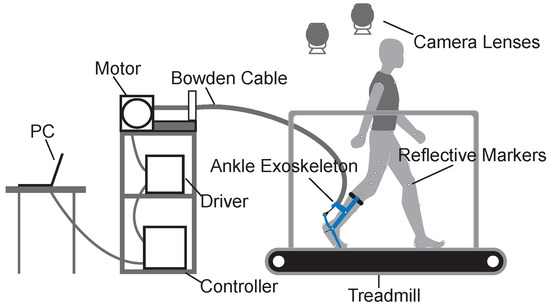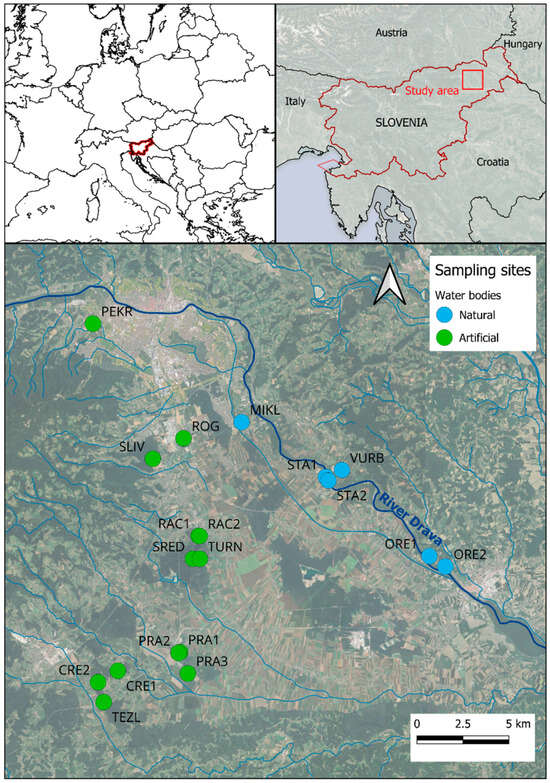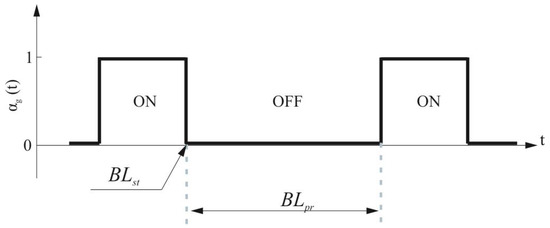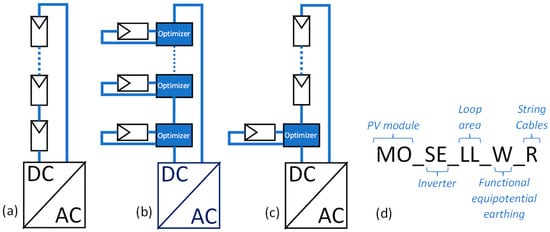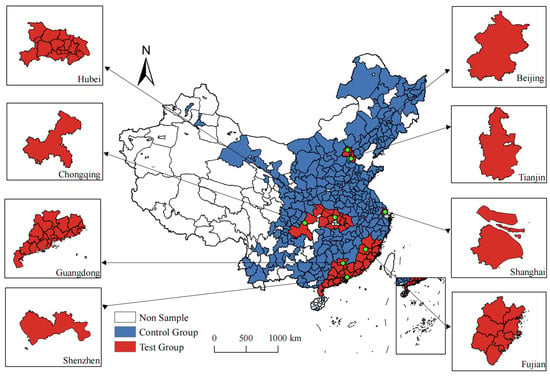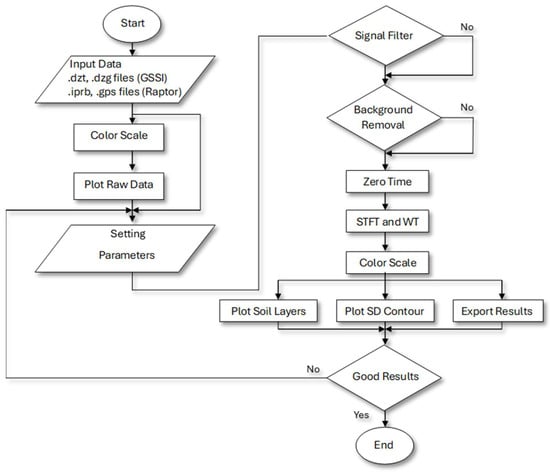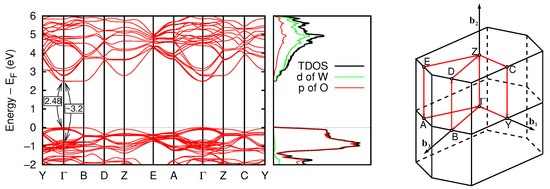The Neoproterozoic Bure adakitic rock in the western Ethiopia shield is a newly discovered magmatic rock type. However, the physicochemical conditions during its formation, and its source characteristics are still not clear, restricting a full understanding of its petrogenesis and geodynamic evolution. In this study, in order to shed light on the physicochemical conditions during rock formation and provide further constraints on the petrogenesis of the Bure adakitic rock, we conduct electron microprobe analysis on K-feldspar, plagioclase, and biotite. Additionally, we investigate the trace elements and Hf isotopes of zircon, and the Sr-Nd isotopes of the whole rock. The results show that the K-feldspar is orthoclase (Or = 89.08~96.37), the plagioclase is oligoclase (Ab = 74.63~85.99), and the biotite is magnesio-biotite. Based on the biotite analysis results, we calculate that the pressure during rock formation was 1.75~2.81 kbar (average value of 2.09 kbar), representing a depth of approximately 6.39~10.2 km (average value of 7.60 km). The zircon thermometer yields a crystallization temperature of 659~814 °C. Most of the (Ce/Ce*)
D values in the zircons plotted above the Ni-NiO oxygen buffer pair, and the calculated magmatic oxygen fugacity (log
fO
2) values vary from −18.5 to −4.9, revealing a relatively high magma oxygen fugacity. The uniform contents of FeO, MgO, and K
2O in the biotite suggest a crustal magma source for the Bure adakitic rock. The relatively low (
87Sr/
86Sr)
i values of 0.70088 to 0.70275, positive ε
Nd(t) values of 3.26 to 7.28, together with the positive ε
Hf(t) values of 7.64~12.99, suggest that the magma was sourced from a Neoproterozoic juvenile crust, with no discernable involvement of a pre-Neoproterozoic continental crust, which is coeval with early magmatic stages in the Arabian Nubian Shield elsewhere. Additionally, the mean Nd model ages demonstrate an increasing trend from the northern parts (Egypt, Sudan, Afif terrane of Arabia, and Eritrea and northern Ethiopia; 0.87 Ga) to the central parts (Western Ethiopia shield; 1.03 Ga) and southern parts (Southern Ethiopia Shield, 1.13 Ga; Kenya, 1.2 Ga) of the East African Orogen, which indicate an increasing contribution of pre-Pan-African crust towards the southern part of the East African Orogen. Based on the negative correlation between MgO and Al
2O
3 in the biotite, together with the Lu/Hf-Y and Yb-Y results of the zircon, we infer that the Bure adakitic rock was formed in an arc–arc collision orogenic environment. Combining this inference with the whole rock geochemistry and U-Pb age of the Bure adakitic rock, we further propose that the rock is the product of thickened juvenile crust melting triggered by the Neoproterozoic Pan-African Orogeny.
Full article
 IJMS
IMPACT
IJMS
IMPACT Applied Sciences
IMPACT
Applied Sciences
IMPACT Sustainability
IMPACT
Sustainability
IMPACT Sensors
IMPACT
Sensors
IMPACT JCM
IMPACT
JCM
IMPACT Energies
IMPACT
Energies
IMPACT Molecules
IMPACT
Molecules
IMPACT Materials
IMPACT
Materials
IMPACT Remote Sensing
IMPACT
Remote Sensing
IMPACT Cancers
IMPACT
Cancers
IMPACT Electronics
IMPACT
Electronics
IMPACT Mathematics
IMPACT
Mathematics
IMPACT Foods
IMPACT
Foods
IMPACT Buildings
IMPACT
Buildings
IMPACT Plants
IMPACT
Plants
IMPACT Nutrients
IMPACT
Nutrients
IMPACT Animals
IMPACT
Animals
IMPACT Polymers
IMPACT
Polymers
IMPACT Water
IMPACT
Water
IMPACT Diagnostics
IMPACT
Diagnostics
IMPACT Biomedicines
IMPACT
Biomedicines
IMPACT Agronomy
IMPACT
Agronomy
IMPACT Microorganisms
IMPACT
Microorganisms
IMPACT Processes
IMPACT
Processes
IMPACT Healthcare
IMPACT
Healthcare
IMPACT Forests
IMPACT
Forests
IMPACT Cells
IMPACT
Cells
IMPACT JMSE
IMPACT
JMSE
IMPACT Medicina
IMPACT
Medicina
IMPACT Viruses
IMPACT
Viruses
IMPACT Agriculture
IMPACT
Agriculture
IMPACT Nanomaterials
IMPACT
Nanomaterials
IMPACT IJERPH
IJERPH
 Land
IMPACT
Land
IMPACT Pharmaceutics
IMPACT
Pharmaceutics
IMPACT Pharmaceuticals
IMPACT
Pharmaceuticals
IMPACT Religions
IMPACT
Religions
IMPACT Biomolecules
IMPACT
Biomolecules
IMPACT Life
IMPACT
Life
IMPACT Micromachines
IMPACT
Micromachines
IMPACT Atmosphere
IMPACT
Atmosphere
IMPACT Antioxidants
IMPACT
Antioxidants
IMPACT Genes
IMPACT
Genes
IMPACT Metals
IMPACT
Metals
IMPACT Symmetry
IMPACT
Symmetry
IMPACT Children
IMPACT
Children
IMPACT Coatings
IMPACT
Coatings
IMPACT Vaccines
IMPACT
Vaccines
IMPACT Horticulturae
IMPACT
Horticulturae
IMPACT Education Sciences
IMPACT
Education Sciences
IMPACT Minerals
IMPACT
Minerals
IMPACT Brain Sciences
IMPACT
Brain Sciences
IMPACT JPM
IMPACT
JPM
IMPACT Bioengineering
IMPACT
Bioengineering
IMPACT




